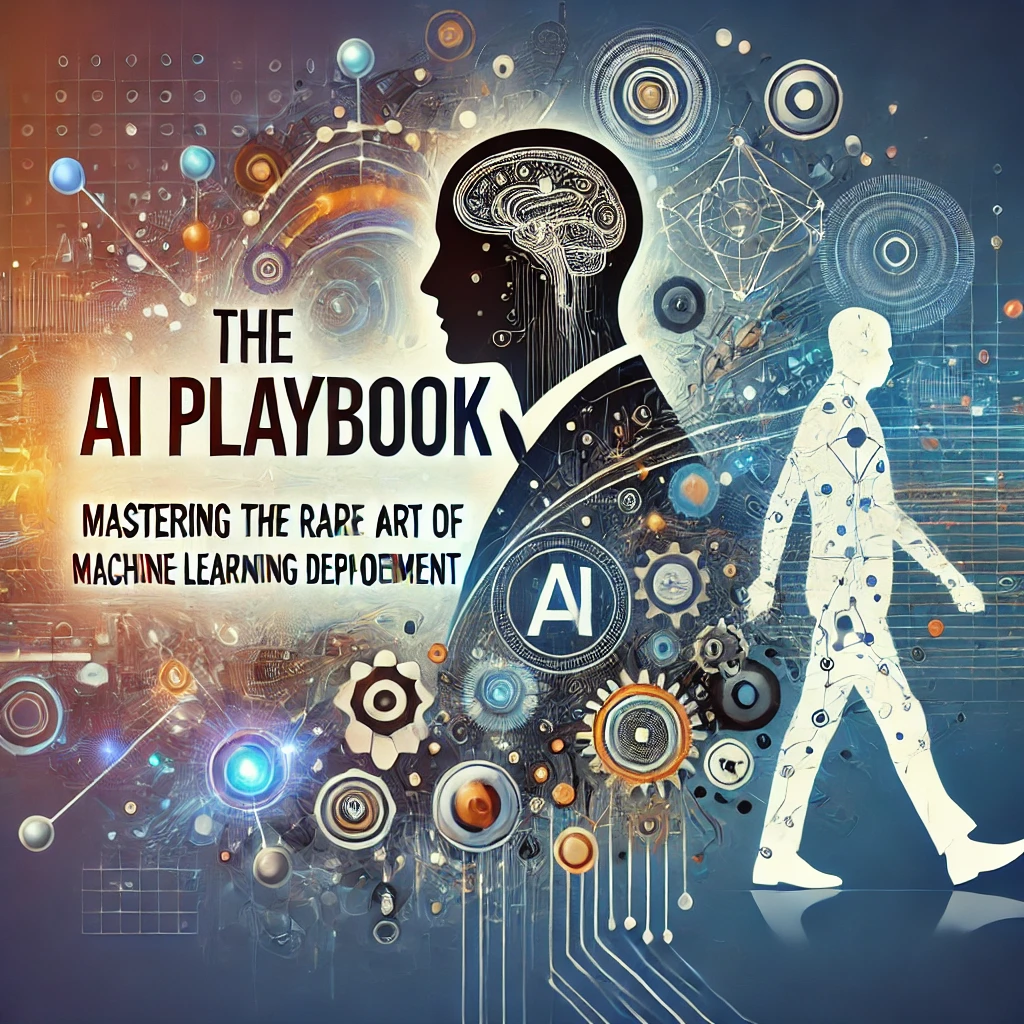Overview Eric Siegel’s “The AI Playbook” offers an indispensable roadmap for business leaders and data scientists aiming to harness the transformative power of machine learning (ML). Published by MIT Press in 2024, this guide delves into the critical steps and collaborative efforts necessary for successful ML deployment, emphasizing the importance of breaking down silos between business and technical teams.
Why You Need This Book In many organizations, a significant barrier to leveraging ML effectively is the disconnect between business objectives and technical execution. Siegel argues that successful ML deployment requires a unified approach where business leaders and data scientists work together seamlessly. This playbook provides actionable insights and a structured methodology to ensure that ML initiatives drive real business value.
Core Principles
- Unified Vision: Business and data professionals must collaborate to develop a shared understanding of ML opportunities and align their goals to maximize the technology’s potential.
- Strategic Planning: Implement backward planning to set clear, value-driven deployment goals, treating ML as a tool to achieve specific business outcomes.
- Collaborative Goal Setting: Detail prediction goals through joint efforts, ensuring they are actionable and aligned with broader business strategies.
- Effective Evaluation: Use appropriate metrics to evaluate the performance of ML models, focusing on meaningful outcomes rather than superficial accuracy.
- Data Preparedness: Gather and prepare high-quality data that accurately represents the phenomena you wish to predict, ensuring the data is well-labeled and comprehensive.
- Model Training and Deployment: Train ML models thoroughly, validate their performance rigorously, and deploy them with full organizational support.
- Continuous Maintenance: Regularly update and monitor ML models to maintain their relevance and effectiveness, adapting to changing conditions.
Step-by-Step Approach
- Define Your Objective: Start by establishing a clear business objective that ML can help achieve. This could involve improving customer engagement, optimizing supply chain operations, or enhancing product recommendations.
- Set Precise Prediction Goals: Work closely with stakeholders to translate broad business goals into specific, measurable prediction tasks. Ensure these goals are detailed and actionable.
- Select Evaluation Metrics: Choose metrics that reflect the true impact of your predictions. Consider metrics like lift and cost rather than relying solely on accuracy, which can be misleading.
- Prepare High-Quality Data: Assemble a robust dataset that includes extensive, well-labeled examples. Ensure the data captures all relevant factors that influence the outcomes you wish to predict.
- Train and Validate Your Model: Use advanced algorithms to train your ML model. Validate its performance through rigorous testing, ensuring it detects patterns accurately and sensibly.
- Deploy with Buy-In: Secure commitment from all levels of the organization for the deployment of your ML model. Ensure everyone understands its value and how it will be integrated into existing processes.
- Maintain and Update: Continuously monitor your model’s performance and update it as necessary to prevent model drift. Ensure the data used remains relevant and reflective of current conditions.
Ethical Considerations Siegel highlights the ethical responsibilities inherent in ML deployment. He warns against the dangers of machine bias and stresses the importance of fair and equitable use of ML models. Organizations should strive to use ML ethically, ensuring their models do not perpetuate systemic biases or discriminate against any groups. Regular audits and a strong ethical framework are essential to maintaining the integrity of ML applications.
About the Author Eric Siegel is a seasoned consultant and a former professor of computer science at Columbia University. He is also the author of the acclaimed book “Predictive Analytics: The Power to Predict Who Will Click, Buy, Lie, or Die.” Siegel’s expertise bridges the gap between complex technical concepts and practical business applications, making his insights invaluable for professionals looking to implement ML effectively.
you may be interested in CloudNC CAM Assist AI CNC Programming


